News
White-tailed Eagles disappear in suspicious circumstances
We’re offering a £10,000 reward for information that leads to a conviction in these cases.
Wildlife is in crisis, but our leaders can change the story. At COP15, global delegates secured a global framework, and now, we need leaders to turn their promises into actions. It’s time to protect our vulnerable species and places.

COP15 was a success! At the global biodiversity conference, global leaders created a framework for nature’s recovery worldwide, known as the Kunming-Montreal Global Biodiversity Framework. It’s really good news. After the UK Government Attack on Nature, the framework can help steer us back on the right track.
The framework will help support the big task ahead of us. In all four UK countries, we’ll need to do a huge amount of work to protect and restore nature. That’s why we created a report called “A World Richer in Nature” to show the UK Government how to turn their promises into real action. Let’s dive into the seven key areas where we need urgent action.
Globally, many amazing animals are facing extinction. We want the threat of extinctions reduced or halted, and for populations to recover, so that by 2030, our world is buzzing, singing, and calling again.

If we give nature the space to recover, vulnerable species will bounce back. Don’t believe us? Well, the booming Bitterns show us how it’s done. They’ve fought off extinction, not once - but twice.
After narrowly avoiding extinction in the 1870s, by 1997, they were back at the brink of extinction – with only 11 males left in England. But the Bitterns had other plans. Thanks to legal safeguards, we’ve carried out reedbed habitat creation and improvement projects. Since 2006, there has been a year-on-year increase in the number of bitterns in Britain. This year numbers reached record levels once more.
Many other wetland birds and a wide range of species, including Water Voles and the Reed Leopard Moth, have benefited from this work as well. Other vulnerable species could benefit from targeted efforts like this project.
By 2030, we need our best places for nature to be properly protected - that’s at least 30% of land and sea. We need these protected sites to be well managed, better connected, and monitored, because these places will play a vital role in nature’s recovery.
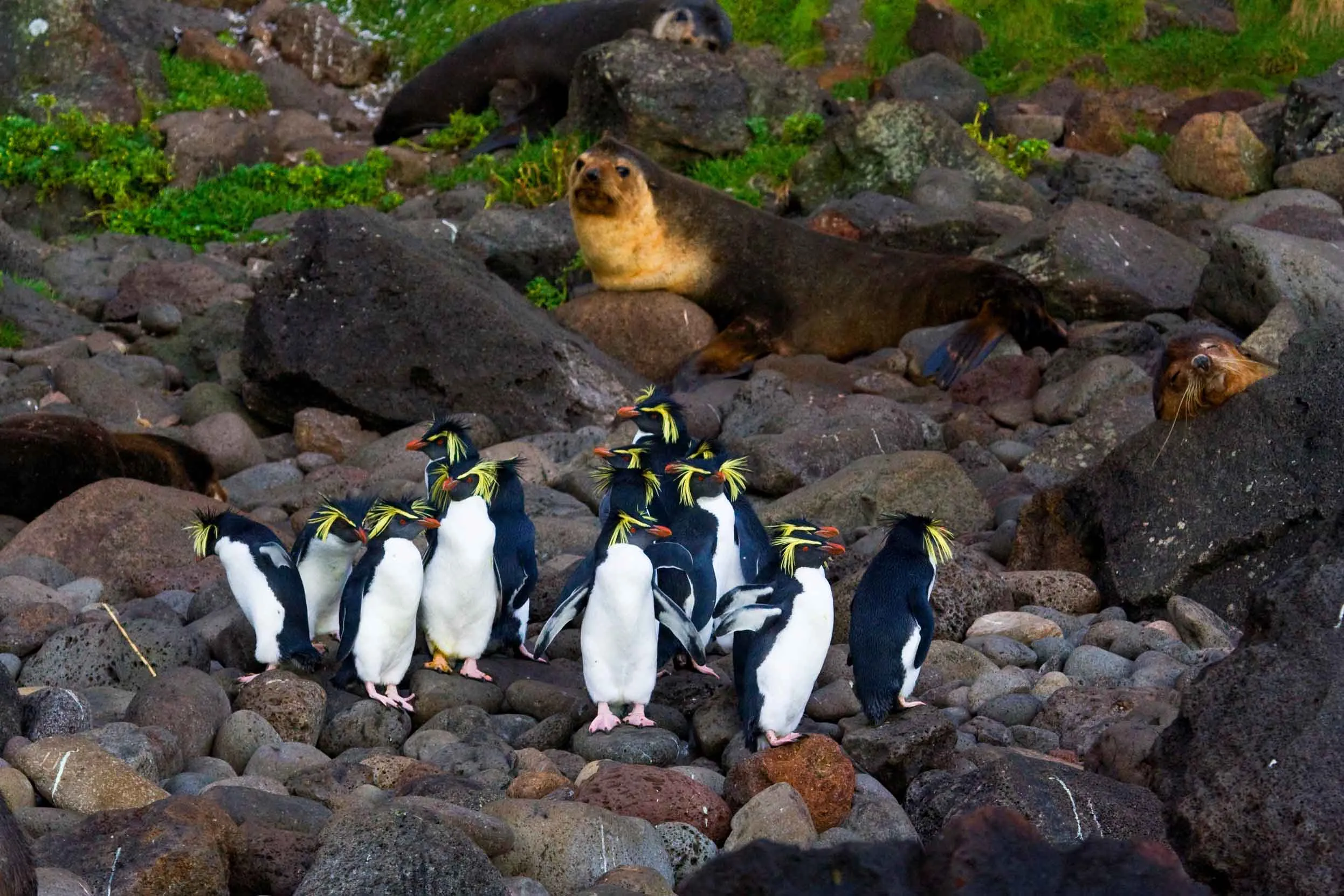
When governments work with partners - they can achieve really big things. Take our UK Overseas Territory, Tristan da Cunha. In November 2020, the ocean around Tristan da Cunha was announced as the Atlantic’s largest fully protected area. It’s a big deal, at three times the size of the UK. It’s home to tens of millions of seabirds, critically endangered Albatrosses, Rockhopper Penguins, Blue Sharks, and Beaked Whales. Thanks to government interventions, these weird and wonderful species have a future that’s looking brighter. It’s not too late to give our other vulnerable wildlife the same gift.
By 2030, we want our farms to teem with wildlife, produce lots of high-quality food, and support the recovery of nature and the transition to a net zero economy.
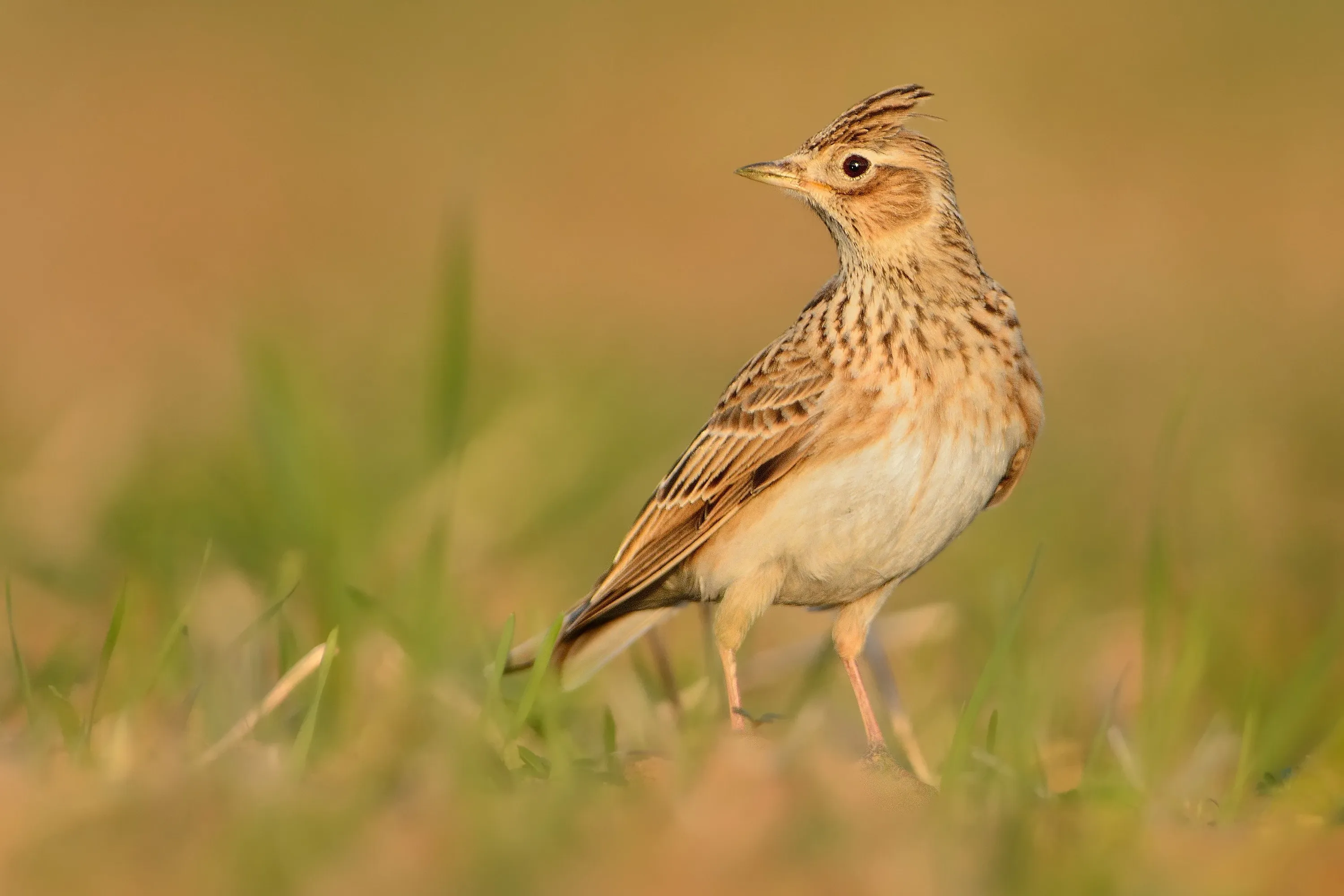
Farming and wildlife can flourish together. Just look at our project, Hope Farm. For the last 20 years, Hope Farm has run as a profitable business that provides homes for wildlife and works with nature to find solutions to farming challenges. It’s working. Farmland birds and butterflies are doing really well – with Linnets, Yellowhammers, Reed Buntings, and Skylarks tripling in number. This project shows us that farmland can work hand-in-hand with wildlife. Many farmers are interested in techniques that benefit nature, so we need Governments to empower them to do so.
Seabirds are one of the most threatened groups in the world – we don’t want them to fade away. Overfishing and unsustainable fishing practices are two huge threats they face. By 2030, we want our fisheries to support thriving seabird populations, and benefit nature and the climate. With good management, it’s possible.
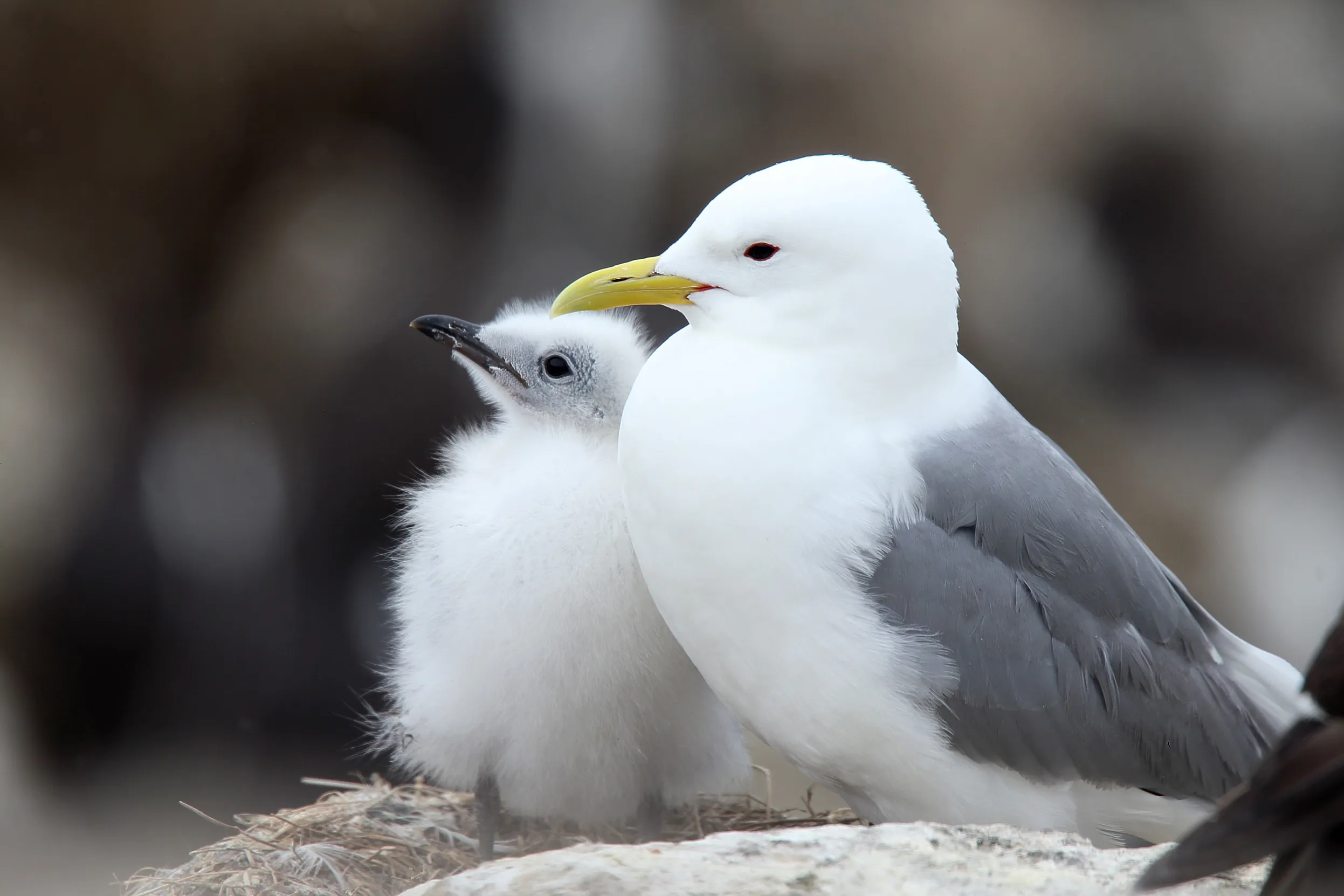
We’ve seen the power of government intervention before. Around one third of Europe’s breeding seabirds call Scotland home, including some of our most vulnerable species. But by 2020, breeding seabirds had dropped by 38% since the late 1980s, with Kittiwakes declining by a staggering 72%.
So, the Scottish Government took action to secure their survival. They classified 12 marine Special Protected Areas. These sites are vital for the survival of our breeding and wintering birds. Today, thanks to government actions, the many species that rely on these waters have a real shot at recovery.
This one’s a biggie. We need to tackle the nature and climate emergency, and nature can be a key tool to get us there. Our vision is that by 2030, we’re on track for net zero and adapted for a warmer climate. To do this, we need to restore habitats, harness renewable energy, and develop farms and fisheries that support nature, climate, and people.
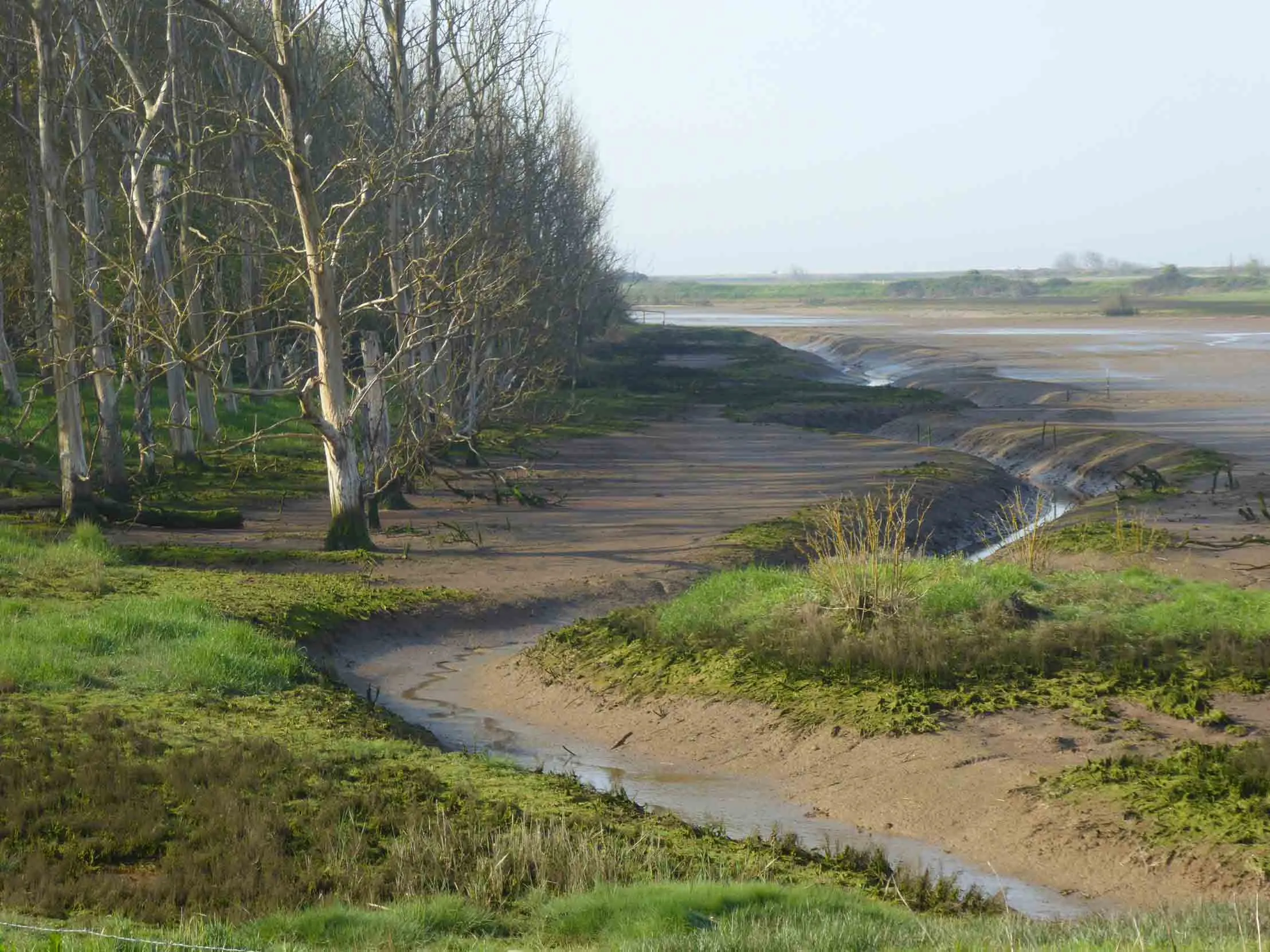
We harnessed the power of nature at RSPB Medmerry on the West Sussex coast. Here, we worked with the Environment Agency to turn traditional sea defences into intertidal habitats that protect the local town from flooding, while providing homes for wildlife and storing carbon. When we work with nature – it’s a triple whammy. Today, Medmerry is home to Avocets, Black-headed Gulls, Little Ringed Plovers and Oystercatchers.
The world of finance might seem worlds apart from our wild places, but decisions made here impact landscapes all over the world. By 2030, we need to be working towards a nature positive economy, where financial decisions make a real difference for nature.
We need to help, support, and reward companies that invest in nature by offering incentives to revive our world. Nature is an investment with incredible returns. Wild places protect our homes and businesses from extreme weather driven by climate change and lock away carbon from the atmosphere. But actions need money – and we need UK’s Government to back change.
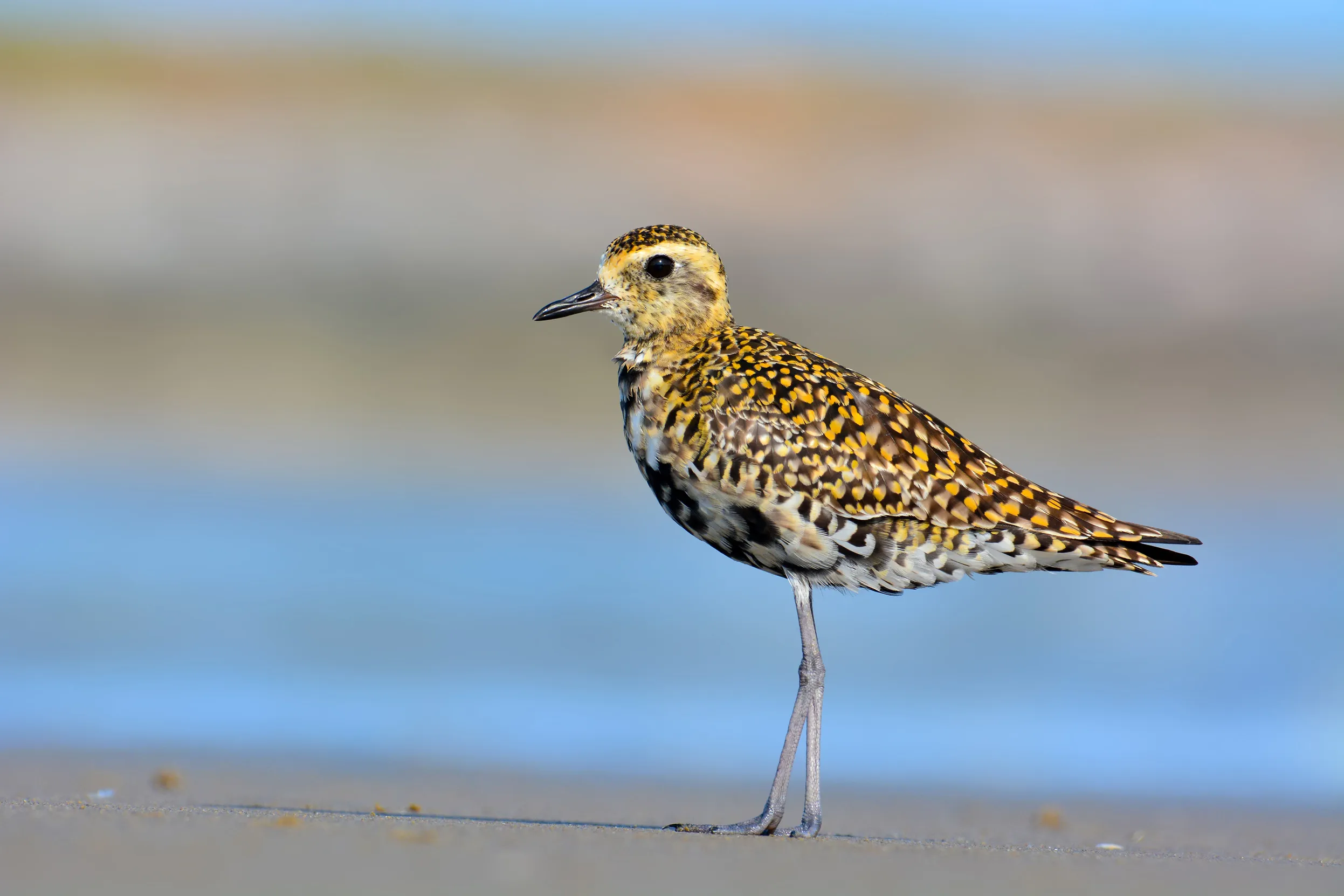
It’s possible for these worlds to work together really well. In Manchester, the Greater Manchester Environment Fund is helping environmental projects grow. It’s the UK’s first regional environmental impact fund, and it supports projects that benefit both the environment and the community. Winner. Their funded projects are already supporting Golden Plovers, Curlews, Willow Tits, and bats.
Yep – that’s you! Together, we can be drivers of change. But we need our Governments to support and empower us to act for nature, and build and protect green spaces that help us to connect with the natural world.
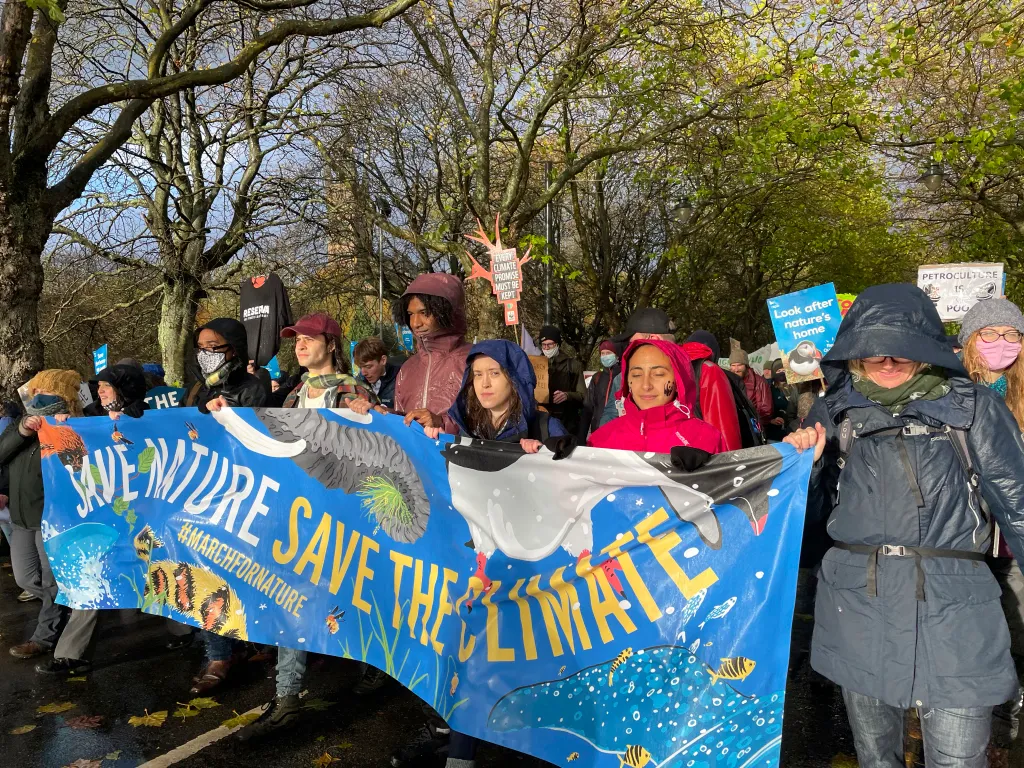
We know that wildlife contributes to our wellbeing - you only need to witness a child spotting their first butterfly to know this. All over the UK, outdoor spaces give adults and children the space to improve our physical and mental health. From the clean air we breathe, to the animals we spot, to the parks we jog in - when wildlife wins, so do we.
Nature loss is one of the greatest challenges facing the planet. We urgently need to secure nature’s recovery by the end of the decade to survive and thrive, alongside wildlife. And now, thanks to the Kunming-Montreal Global Biodiversity Framework, we have a chance to change the story. It’s time for our Governments to take bold steps forward and turn promises into action.